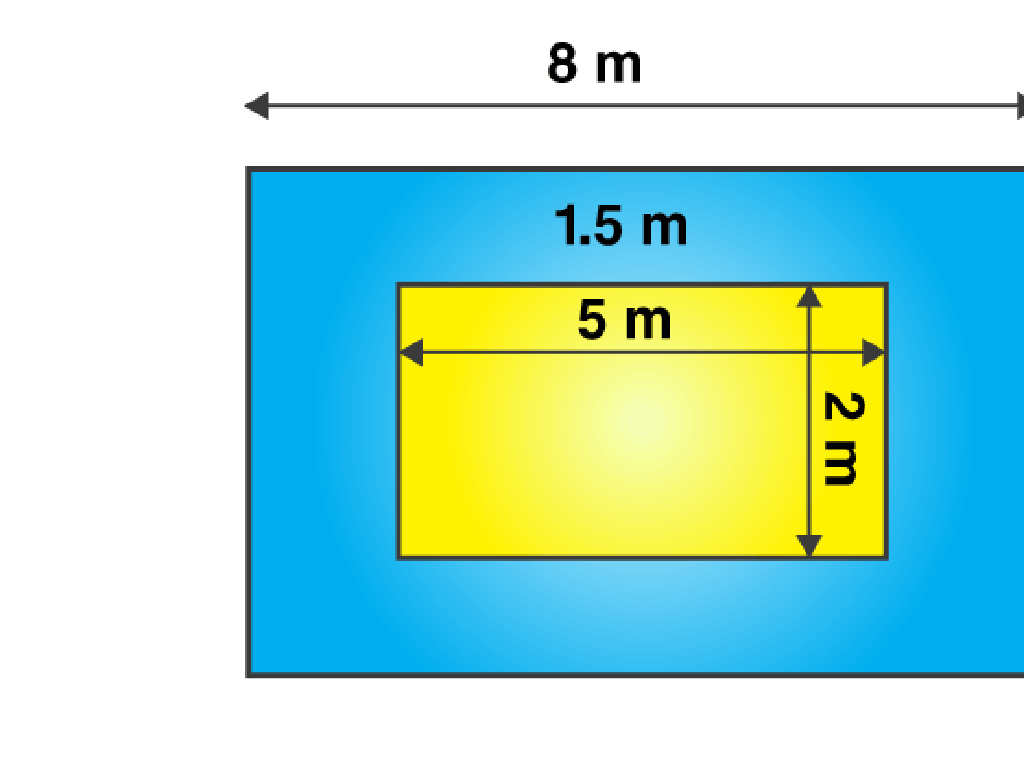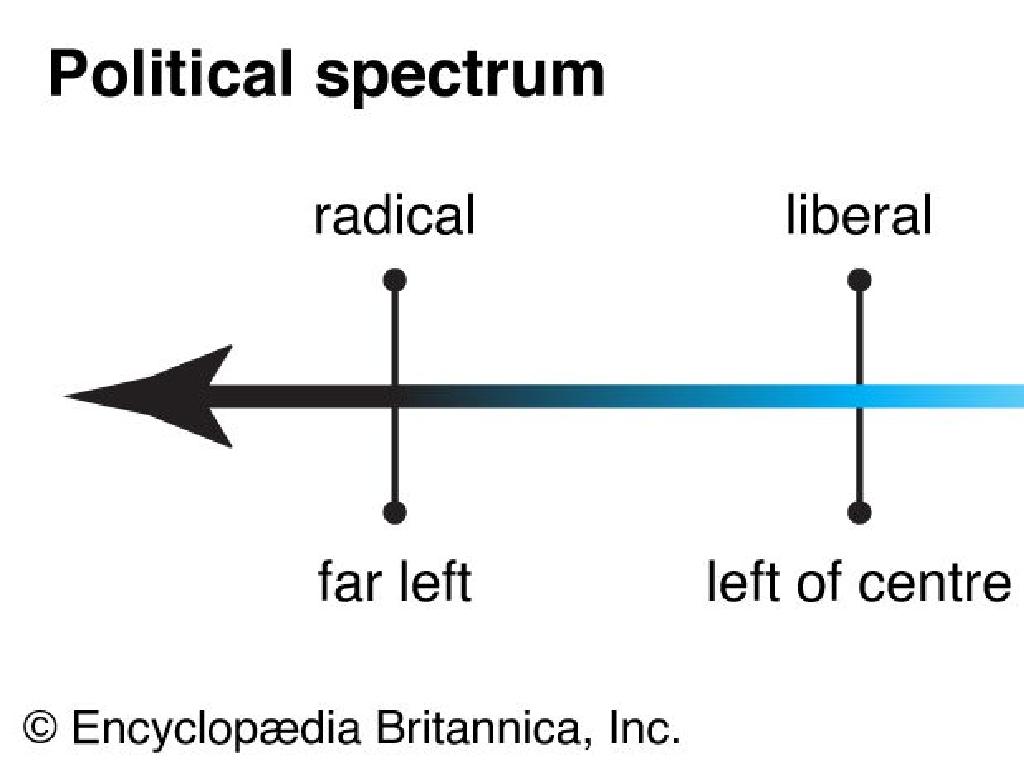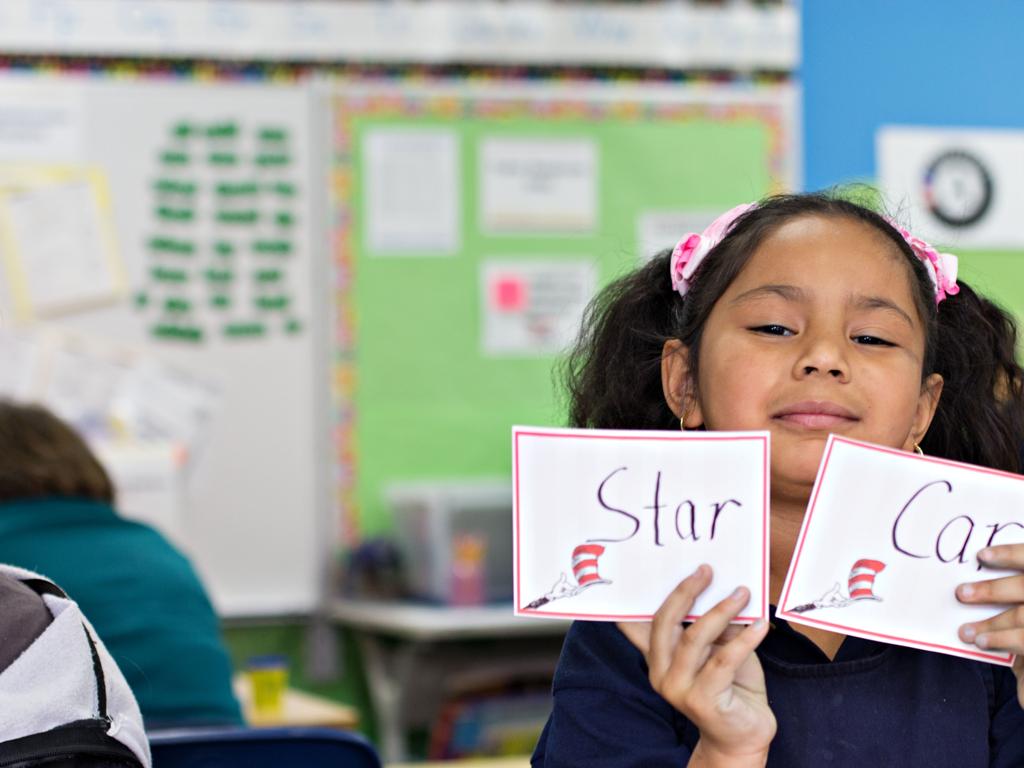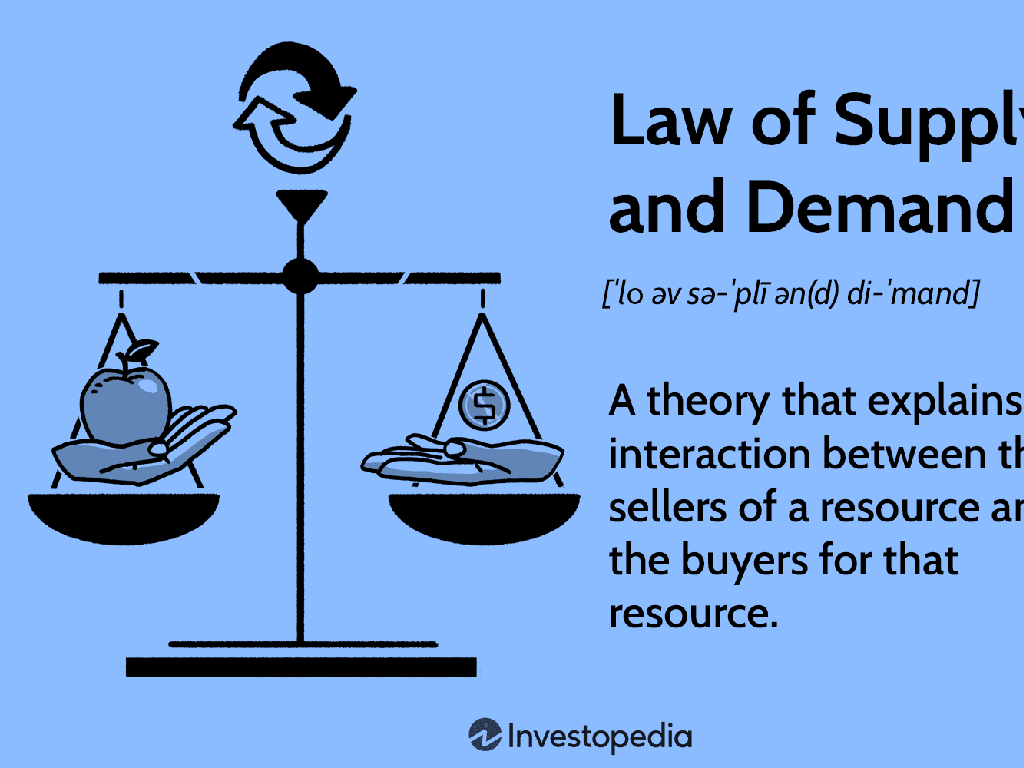Compare, Order, And Round Decimals: Word Problems
Subject: Math
Grade: Fifth grade
Topic: Compare Decimals
Please LOG IN to download the presentation. Access is available to registered users only.
View More Content
Welcome to Decimals!
– Grasping the concept of decimals
– Decimals represent fractions of a whole, like money: $0.75 is 75 cents.
– Decimals in everyday life
– Think of money, measurements, and time as decimal examples.
– Comparing and ordering decimals
– Use number lines or greater than/less than signs to determine order.
– Rounding decimals
– Find which whole number a decimal is closest to for rounding.
|
Today’s lesson introduces students to the world of decimals, emphasizing their relevance in daily life, such as in currency, measurements, and timekeeping. The goal is to help students understand how to compare and order decimals by visualizing them on a number line and using comparison symbols. Additionally, students will learn to round decimals to the nearest whole number, which is a useful skill in estimating and simplifying numbers. Engage the class with real-world examples and encourage them to think of other areas where decimals are used. Provide practice problems that involve comparing, ordering, and rounding decimals to reinforce the concepts.
Understanding Decimals
– What is a decimal?
– A decimal is a way to show fractions and parts of numbers
– Decimals as fractions
– For instance, 0.5 is another way to write 1/2
– Decimals in everyday life
– We use decimals in money, measurements, and more
– Decimals represent parts
– Like pieces of a pie, decimals show portions of a whole
|
This slide introduces the concept of decimals to fifth graders, explaining that decimals are another way to represent fractions and parts of a whole. Use everyday examples such as money (dollars and cents) and measurements (meters and centimeters) to illustrate how decimals are used in real life. Emphasize that understanding decimals is crucial for comparing, ordering, and rounding numbers in various situations. Encourage students to think of decimals as pieces of a pie, which can help them visualize how a whole is divided into parts. Provide additional examples and practice problems to reinforce the concept.
Comparing Decimals
– Decimals comparison basics
– Decimals are compared like whole numbers
– Symbols: >, 0.5
– 0.75 is greater than 0.5 because 75 is more than 50
– Practice comparing decimals
|
This slide introduces the concept of comparing decimals, which is similar to comparing whole numbers. Students should understand that when comparing decimals, we look at the highest place value first and use comparison symbols to show the relationship between two numbers. The example provided, 0.75 > 0.5, illustrates that when the tenths place is the same, we compare the hundredths place. Encourage students to practice by providing additional examples and word problems where they apply this knowledge to compare decimals. This will help solidify their understanding and prepare them for more complex decimal operations.
Ordering Decimals
– Arrange decimals small to large
– Align decimal points to compare
– Look at the digits after the decimal point and compare each place value
– Example: 0.3, 0.25, 0.305 order
– 0.25 < 0.3 < 0.305 because 25 < 300 < 305 when you add zeros to make the same number of decimal places
– Practice with different decimals
|
When teaching students to order decimals, emphasize the importance of aligning the decimal points to ensure accurate comparison. Start by comparing the digits in the tenths place, then move to the hundredths, thousandths, and so on. Use the example provided to illustrate the process: write each number with the same number of decimal places by adding zeros if necessary, then compare as if they were whole numbers. Encourage students to practice with a variety of decimals to become comfortable with the concept. Provide additional examples and practice problems for students to work on, both in class and as homework.
Rounding Decimals
– Simplifying numbers with rounding
– Choosing the place value to round
– Are we rounding to the nearest tenth, hundredth, etc.?
– Using the next place value to decide
– If the next number is 5 or more, round up
– Practice rounding decimals
– Let’s round 3.146 to the nearest tenth and hundredth
|
Rounding decimals is a fundamental skill in mathematics that simplifies numbers and makes them easier to work with, especially in word problems. When rounding, students must first decide which place value (tenth, hundredth, etc.) they are rounding to. They then look at the digit in the next place value to determine whether to round the number up or down. If the next digit is 5 or higher, the number rounds up; if it’s 4 or lower, it rounds down. For example, rounding 3.146 to the nearest tenth gives us 3.1, while rounding to the nearest hundredth gives us 3.15. Encourage students to practice with different numbers to gain confidence. Provide several examples and possibly a mini-quiz to reinforce the concept.
Word Problems: Comparing Decimals
– Apply learning to real-world problems
– Read carefully to find decimals
– Identify decimals in problems like prices or measurements
– Use skills to compare decimals
– Determine which decimal is larger or smaller to find answers
– Solve and explain your reasoning
– Justify your answer with comparison methods learned
|
This slide is aimed at helping students apply their knowledge of comparing decimals to solve word problems, which they may encounter in real life. Encourage them to read the problem statement thoroughly to identify the decimal numbers involved. Students should use the comparison skills they’ve learned to determine which decimal is greater or less than the other, aiding them in finding the correct solution. It’s important for students to not only find the answer but also to be able to explain the reasoning behind their solution. This reinforces their understanding and helps them communicate their mathematical thinking effectively.
Ordering Decimals Through Word Problems
– Practice ordering decimal numbers
– Arrange decimals from smallest to largest
– Consider decimals in daily life
– Think of examples like prices and lengths
– Solve a word problem together
– We’ll use a story to learn ordering
– Understand decimal place value
|
This slide aims to help students practice and understand the concept of ordering decimals in a practical context. Start by explaining how to compare and order decimals, emphasizing the importance of place value. Use relatable examples such as money (comparing prices) or measurements (comparing lengths or weights) to illustrate the concept. Present a word problem that involves ordering decimals to give students a concrete example to work through. Encourage them to think about the size of numbers in terms of tenths, hundredths, and thousandths. The class activity will involve solving the word problem together, ensuring students grasp the concept of decimal place values and how to apply them in real-life situations.
Rounding Decimals in Word Problems
– Use rounding to estimate answers
– Simplify complex problems by rounding numbers
– Recognize when exactness isn’t needed
– Some situations require a ballpark figure, not the precise number
– Practice rounding with a word problem
– Let’s solve a problem by rounding to the nearest tenth or whole number
– Discuss the benefits of estimating
– Estimation saves time and is practical in everyday scenarios
|
This slide aims to teach students how to use rounding as a tool to estimate and simplify word problems in math. It’s important to help them understand that sometimes an exact answer is less important than a quick estimation. For example, when planning a party, knowing you need about 10 balloons is more practical than knowing you need exactly 10.23 balloons. During the lesson, work through a word problem together, demonstrating how to round decimals to the nearest tenth or whole number to make the problem easier to solve. Emphasize that this skill is not only useful in math but also in real-life situations where quick decisions are needed.
Class Activity: Decimal Detective
– Become a Decimal Detective!
– Solve clues with decimals
– Compare, order, and round decimals to crack the case
– Pair up for a worksheet
– Collaboration enhances problem-solving skills
– Discuss findings with class
– Share your detective skills by explaining your answers
|
In this engaging class activity, students will work in pairs to become Decimal Detectives. They will receive a worksheet filled with clues that require them to use their knowledge of comparing, ordering, and rounding decimals to solve. This activity is designed to promote collaboration and critical thinking. As a teacher, facilitate the pairing, ensuring that each student is paired with someone who can complement their learning style. Provide guidance on how to approach the problems and encourage discussion between pairs. After completing the worksheet, have each pair discuss their findings with the class, explaining their thought process and how they arrived at their answers. This will help reinforce their understanding and allow them to demonstrate their problem-solving abilities.
Wrapping Up Decimals!
– Review today’s decimal concepts
– Discuss questions or interesting points
– Homework: ‘Decimal Challenge’ worksheet
– Solve problems comparing, ordering, and rounding decimals
– Practice makes perfect!
– Keep practicing to master decimals
|
As we conclude today’s lesson on decimals, it’s important to recap the key concepts we’ve covered, such as comparing, ordering, and rounding decimals. Encourage students to ask questions or share something they found particularly interesting to ensure they have a solid understanding of the material. For homework, assign the ‘Decimal Challenge’ worksheet, which will provide them with additional practice to reinforce today’s lesson. Remind students that consistent practice is crucial for mastering decimals. In the next class, we’ll review the worksheet answers and address any difficulties the students encountered.





